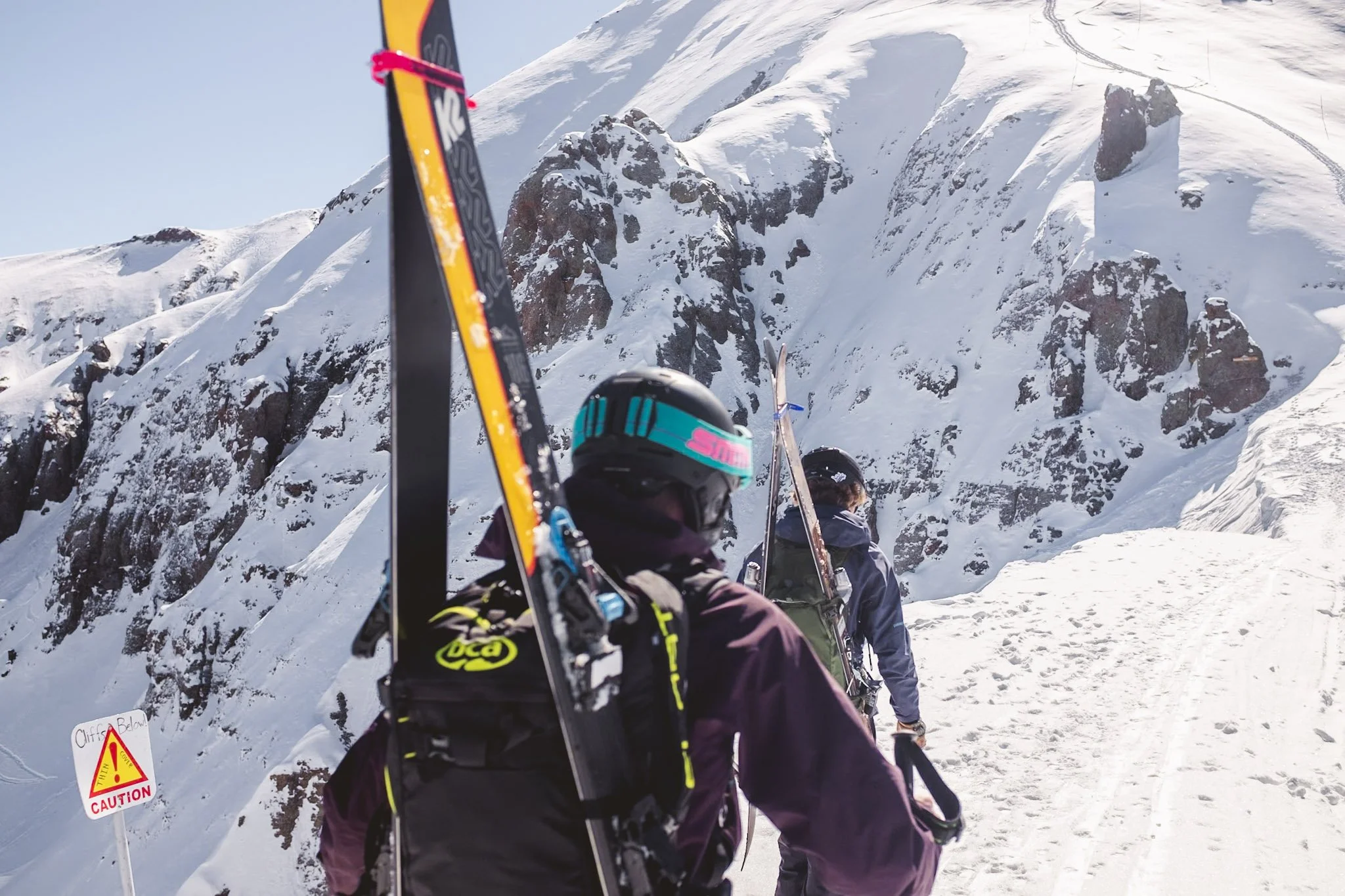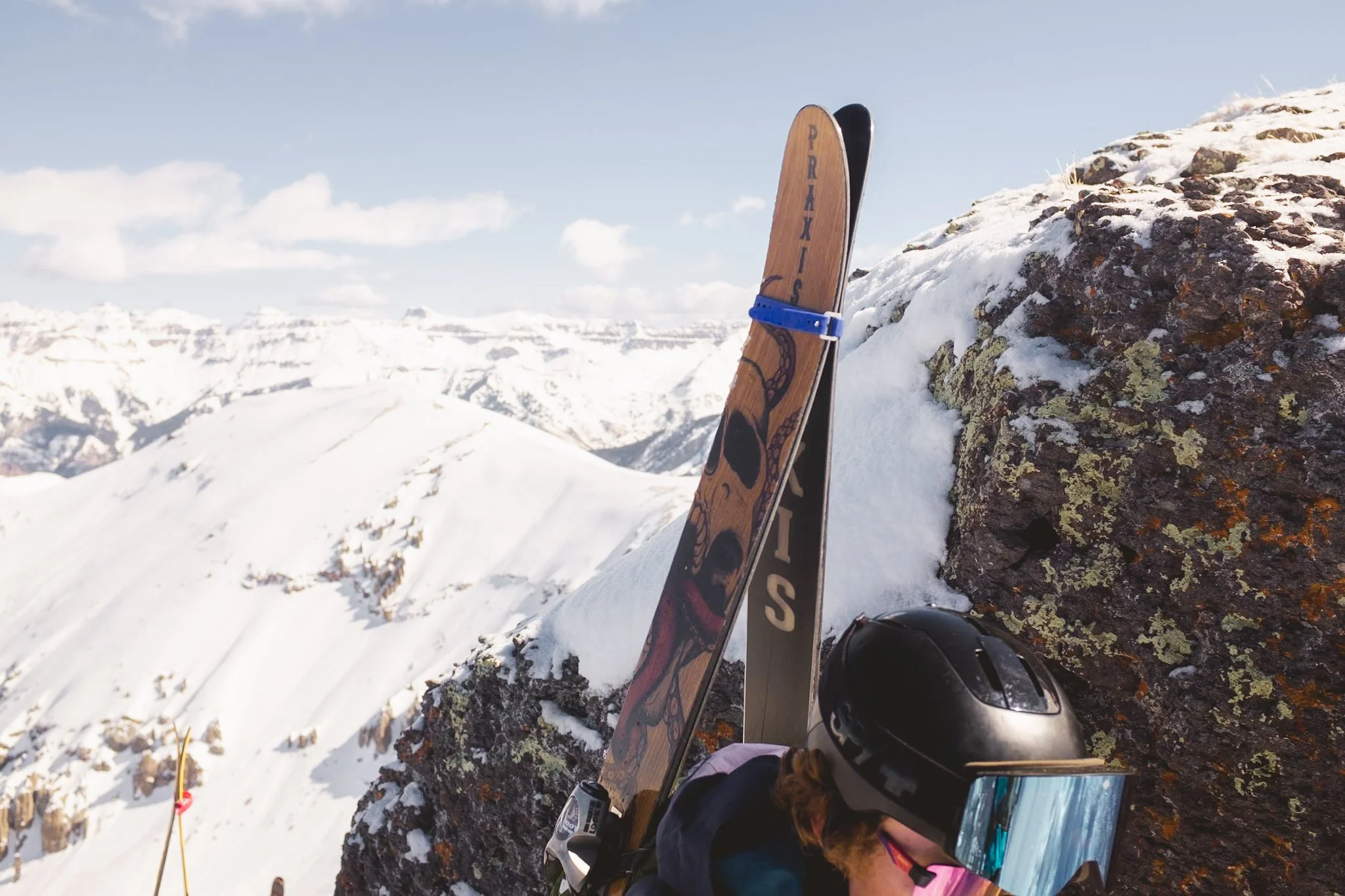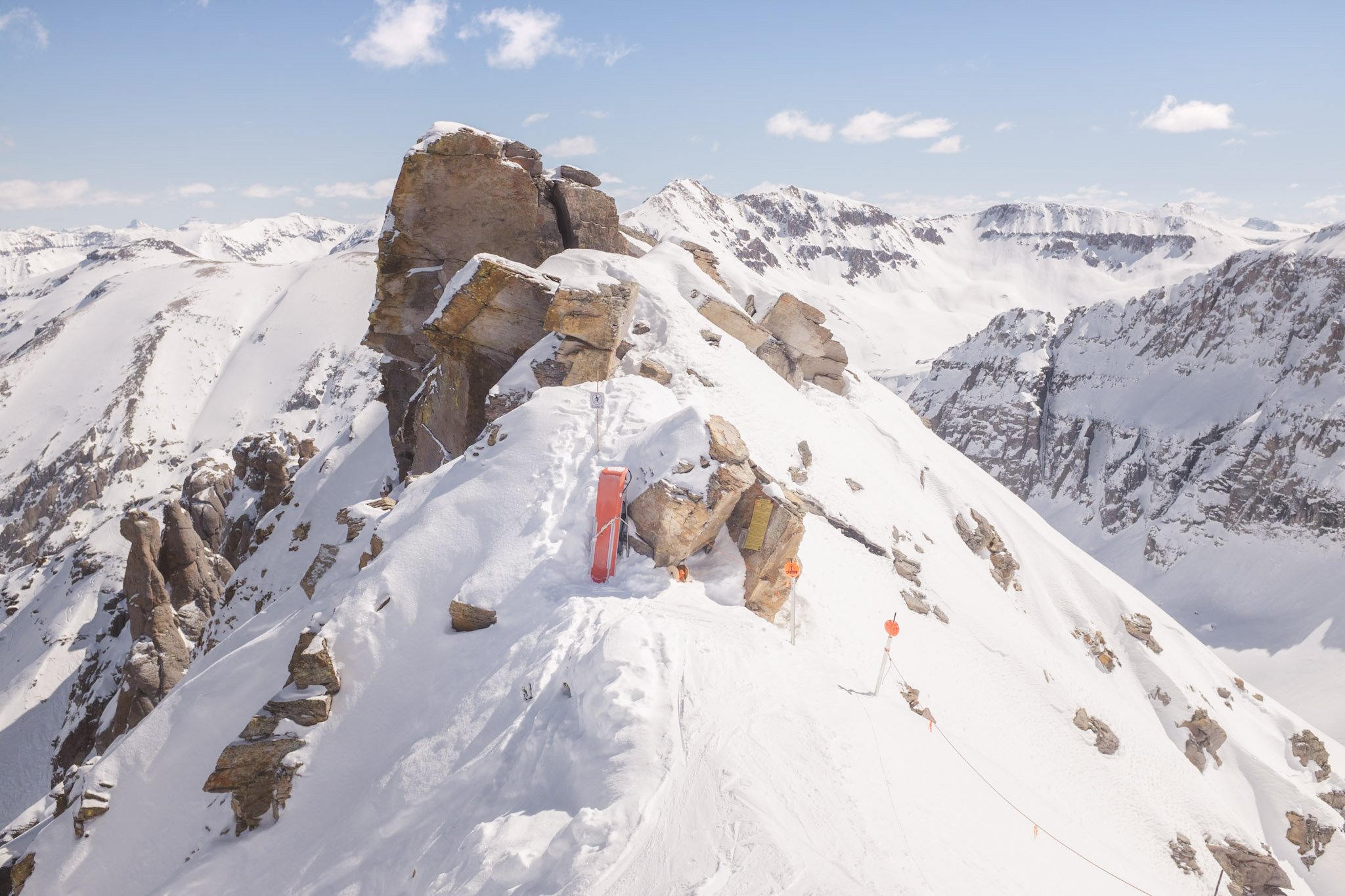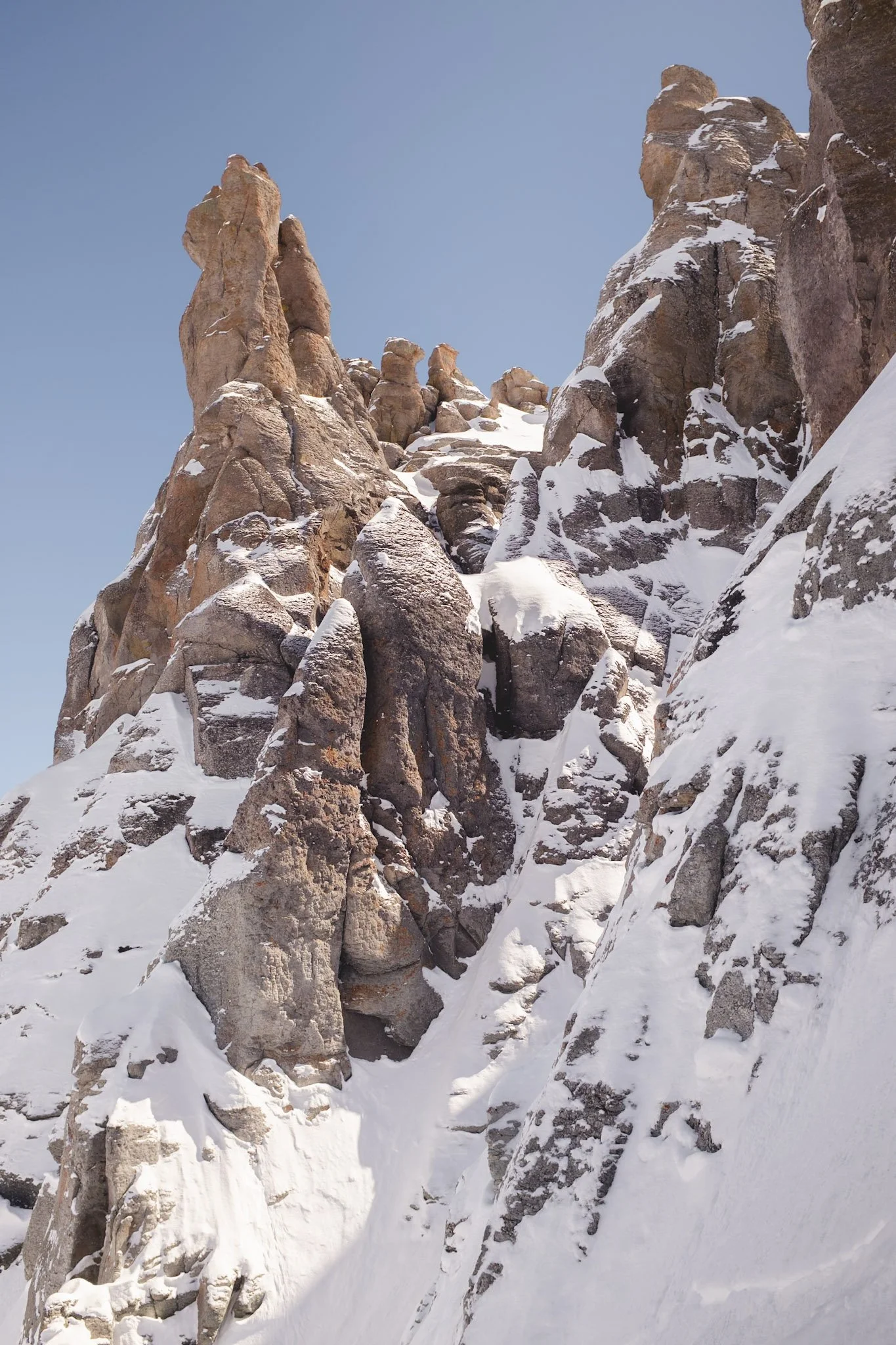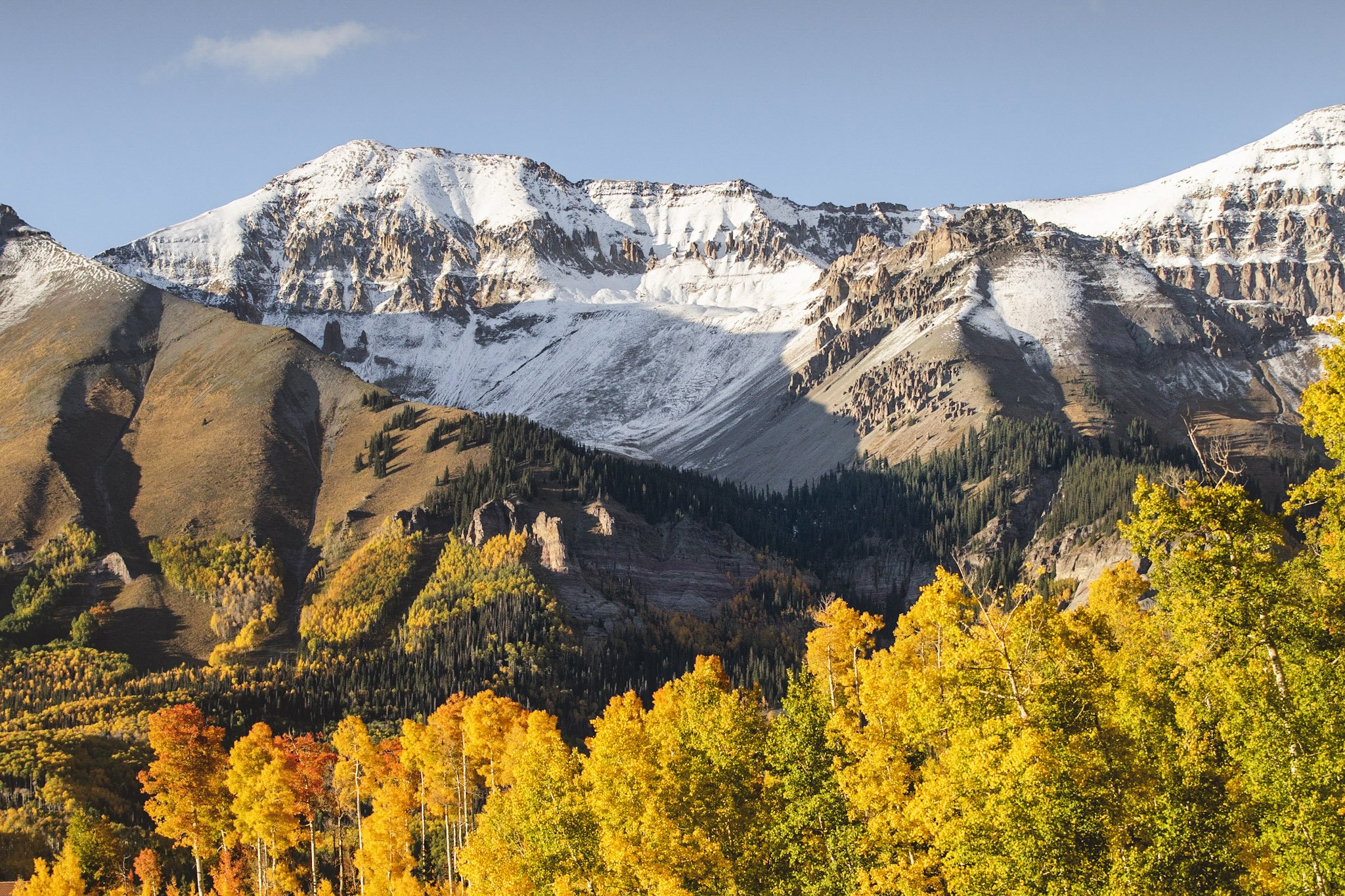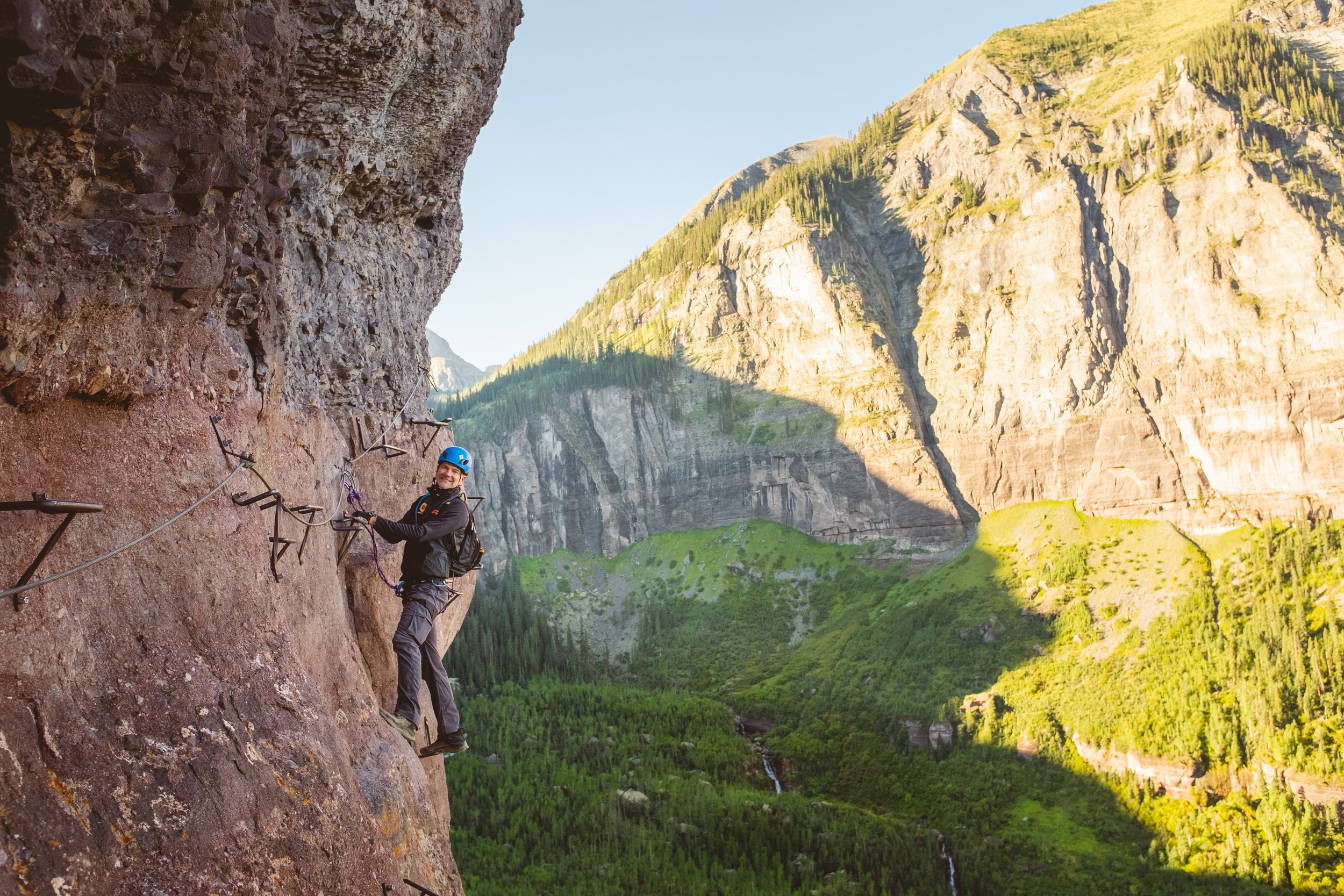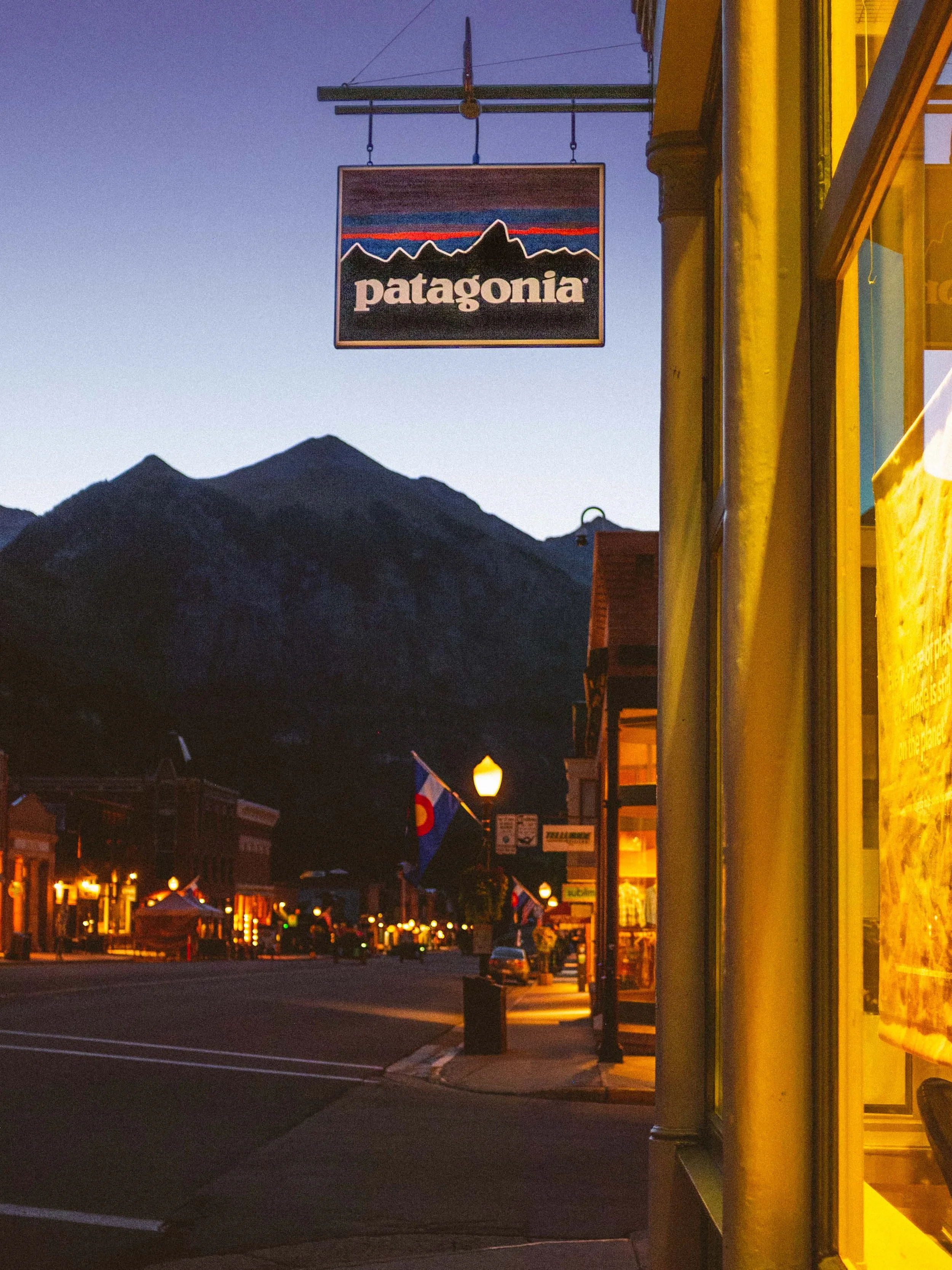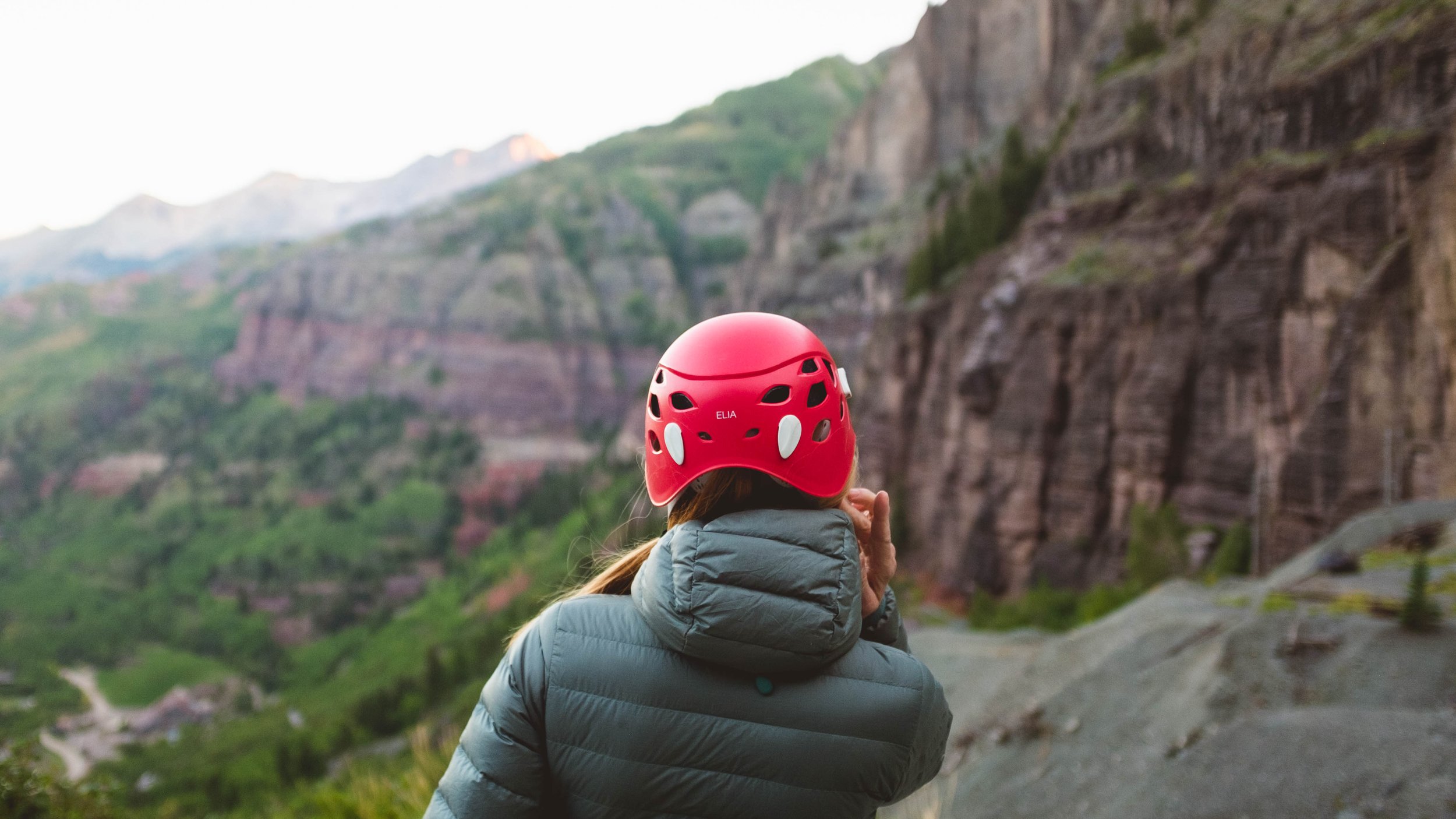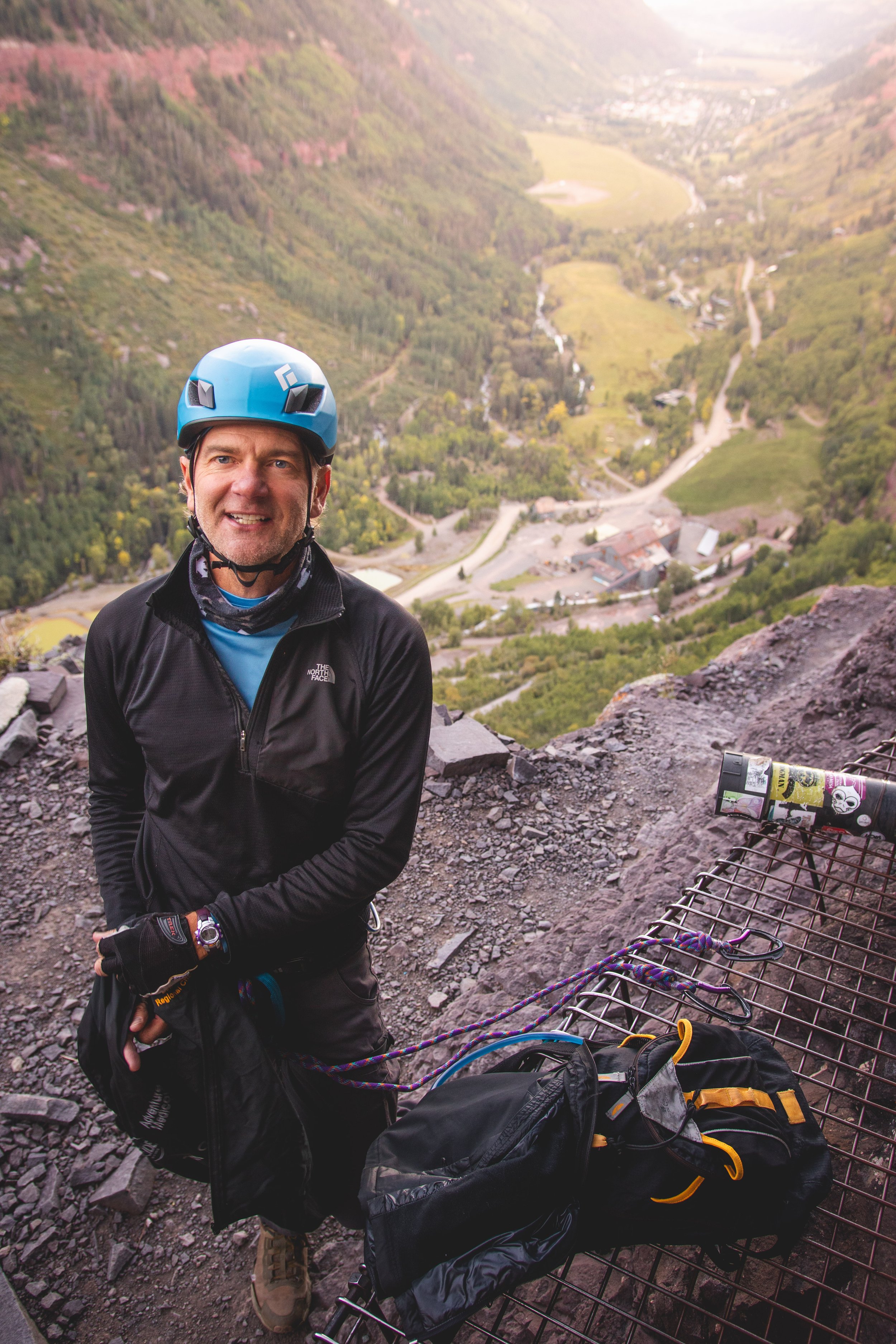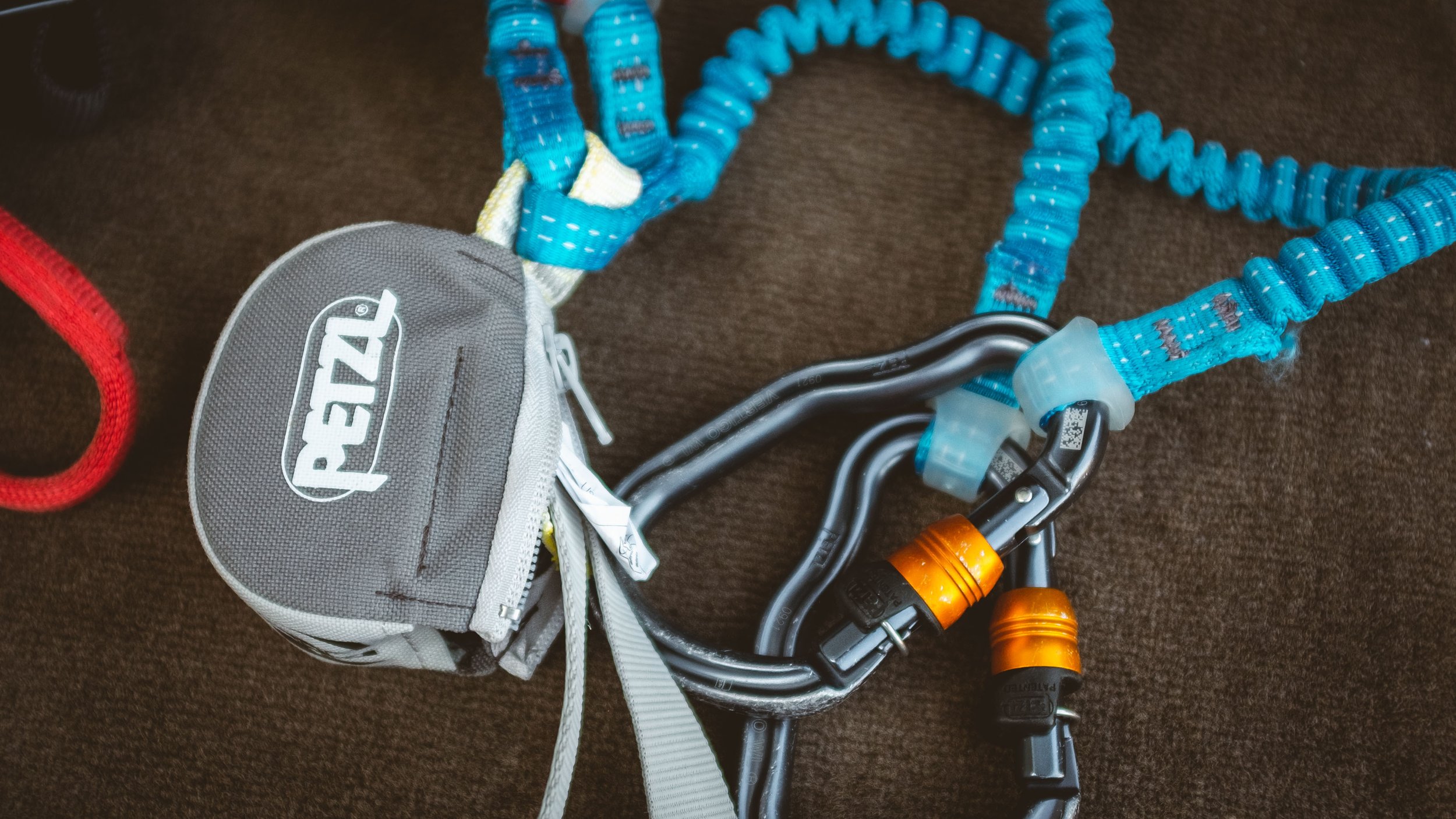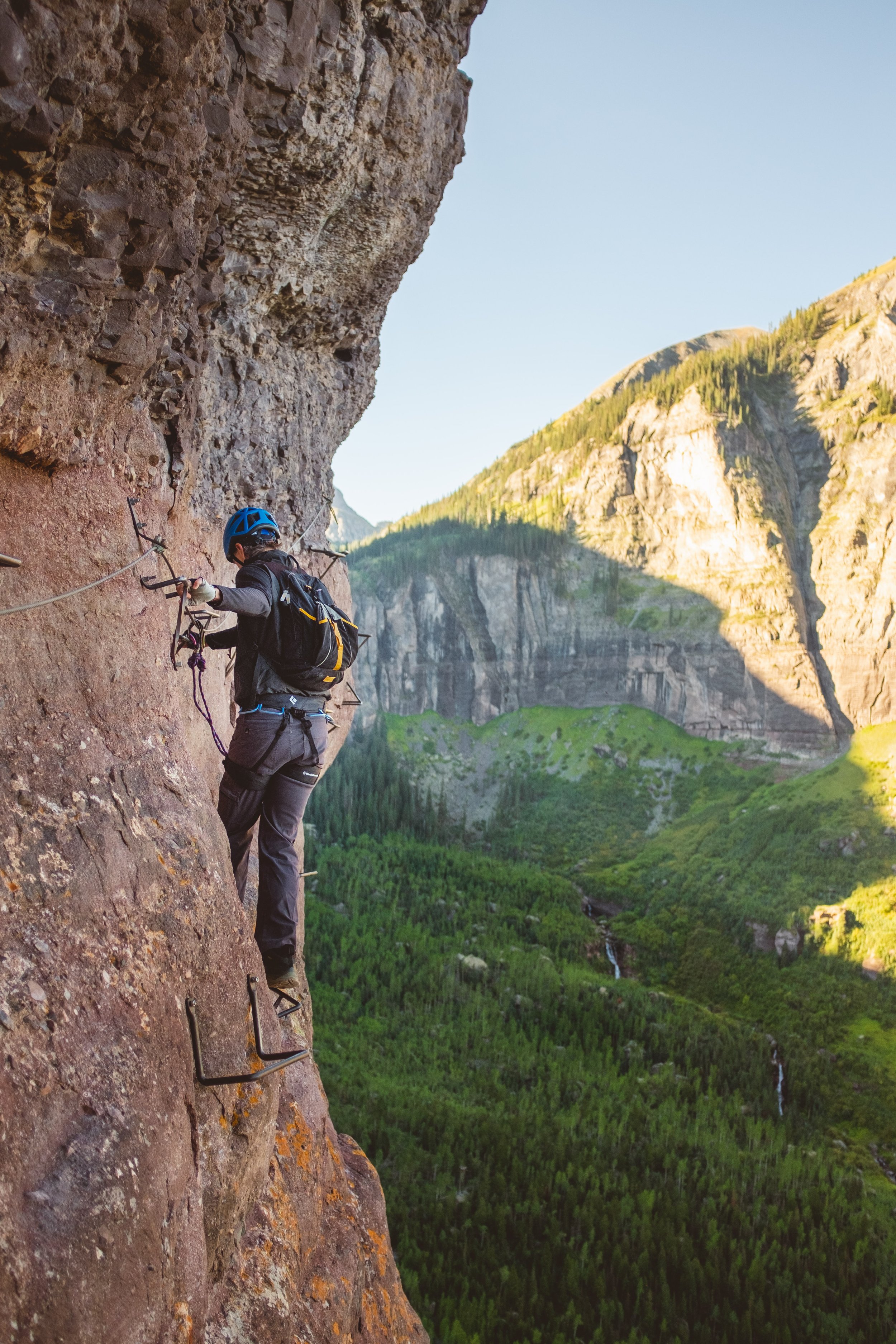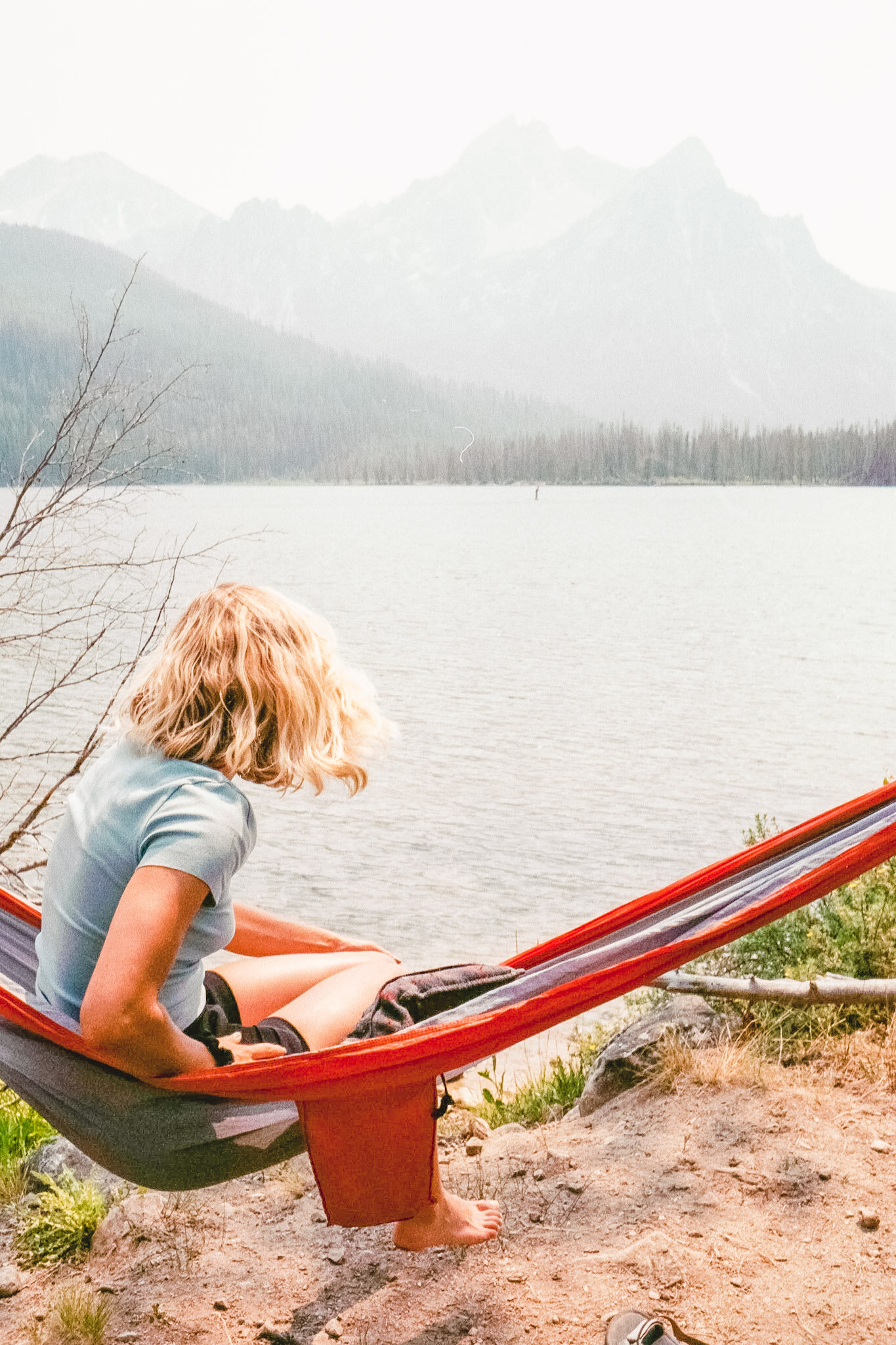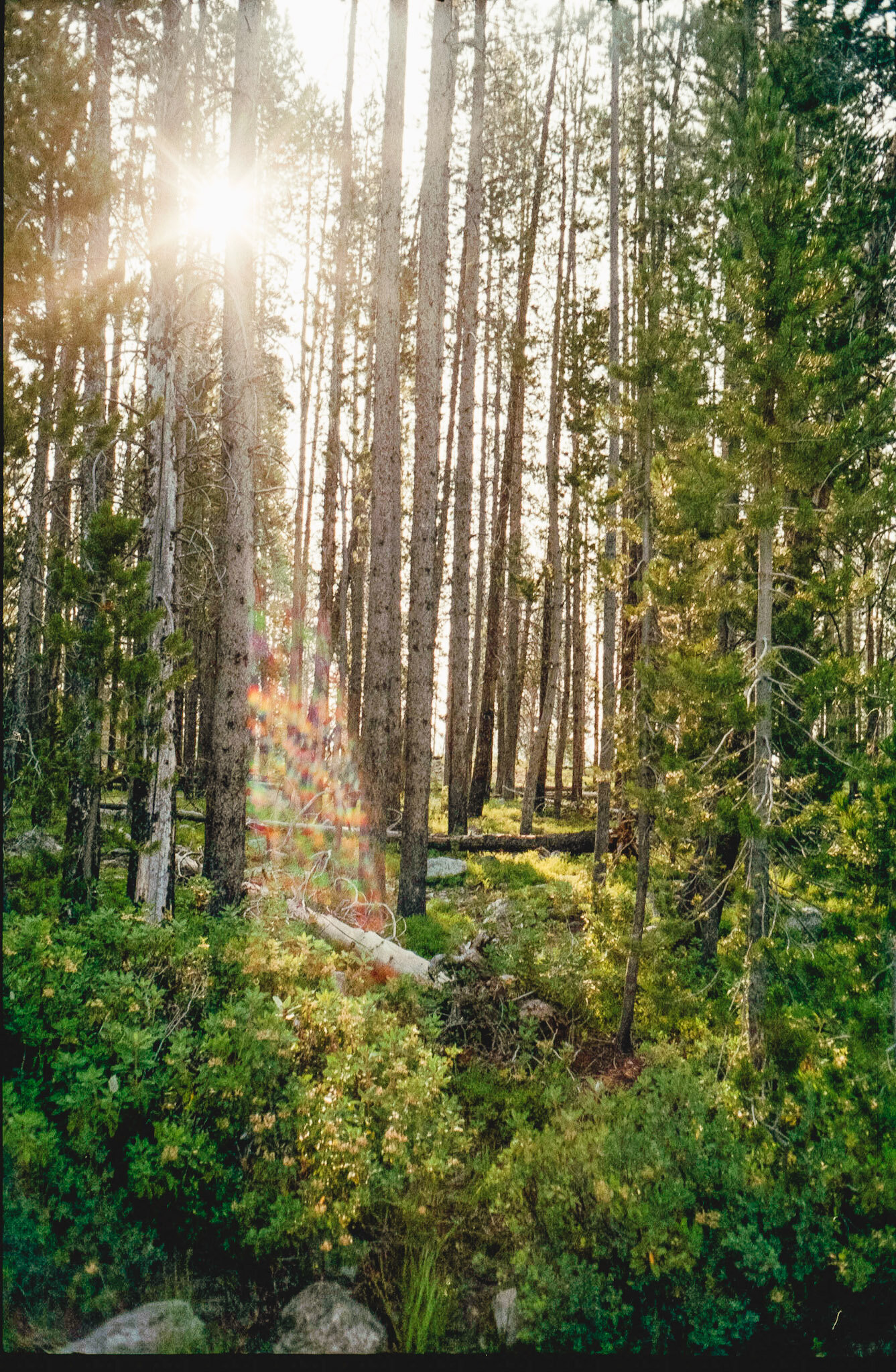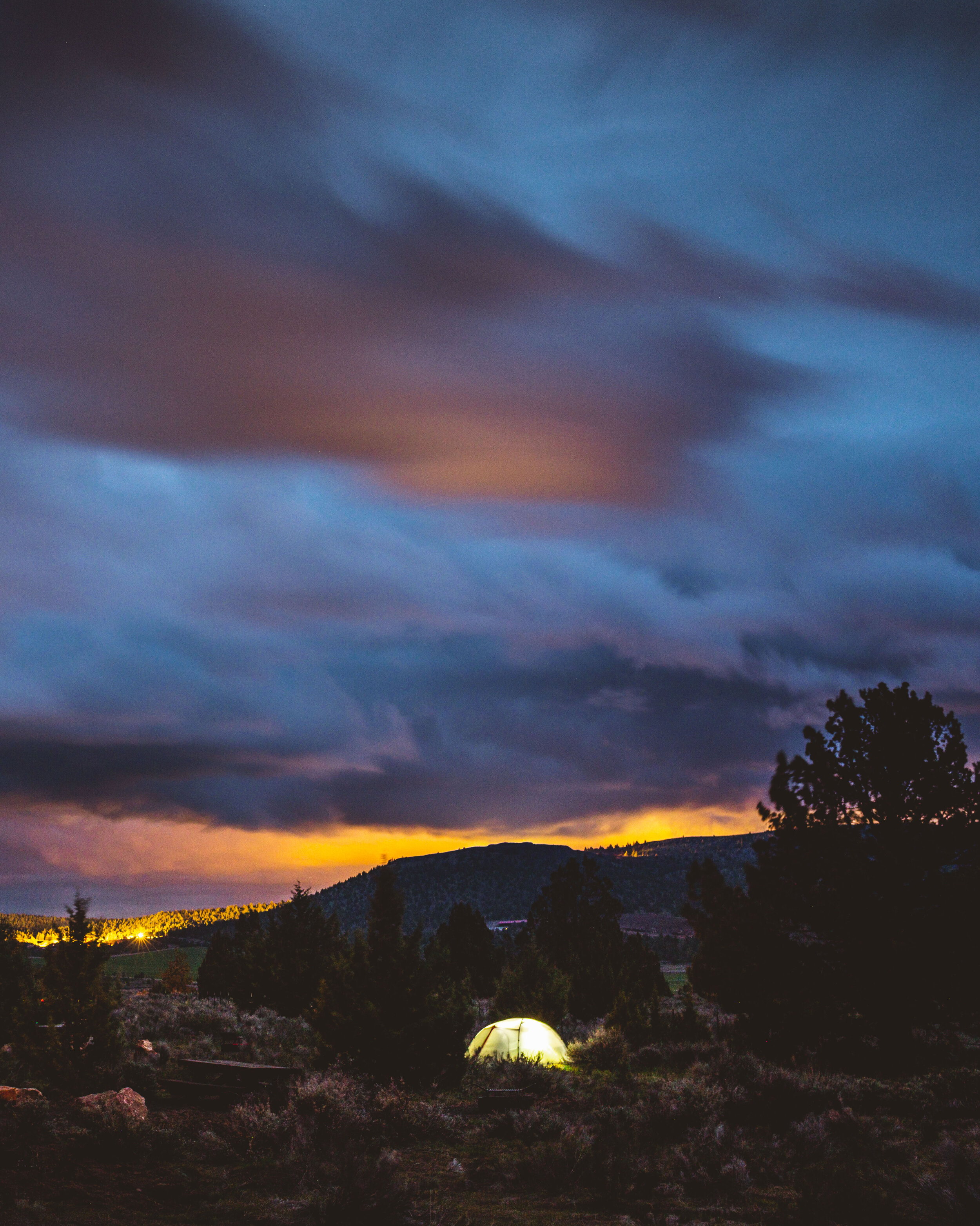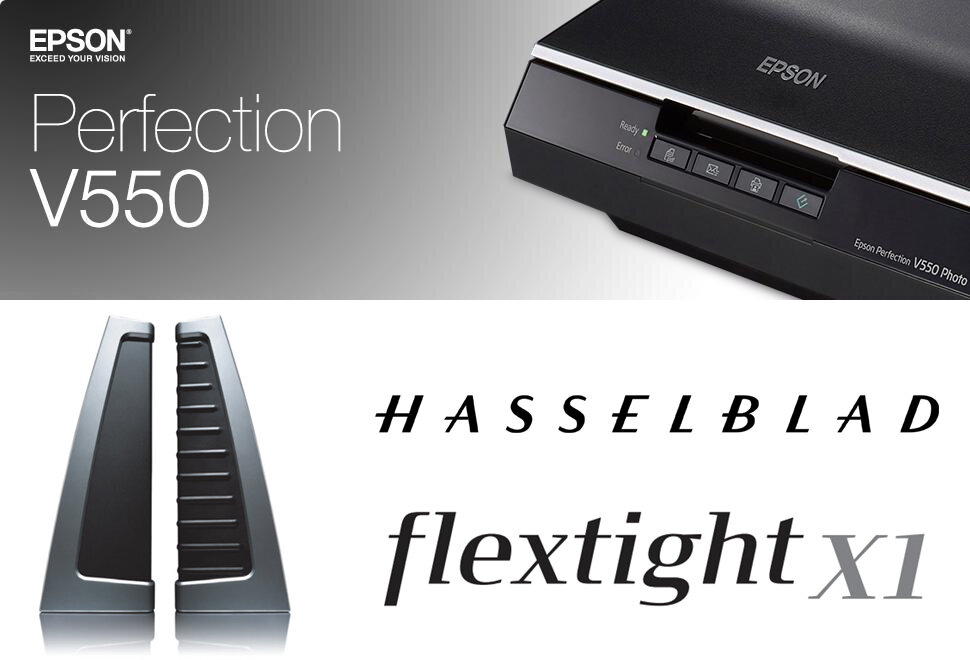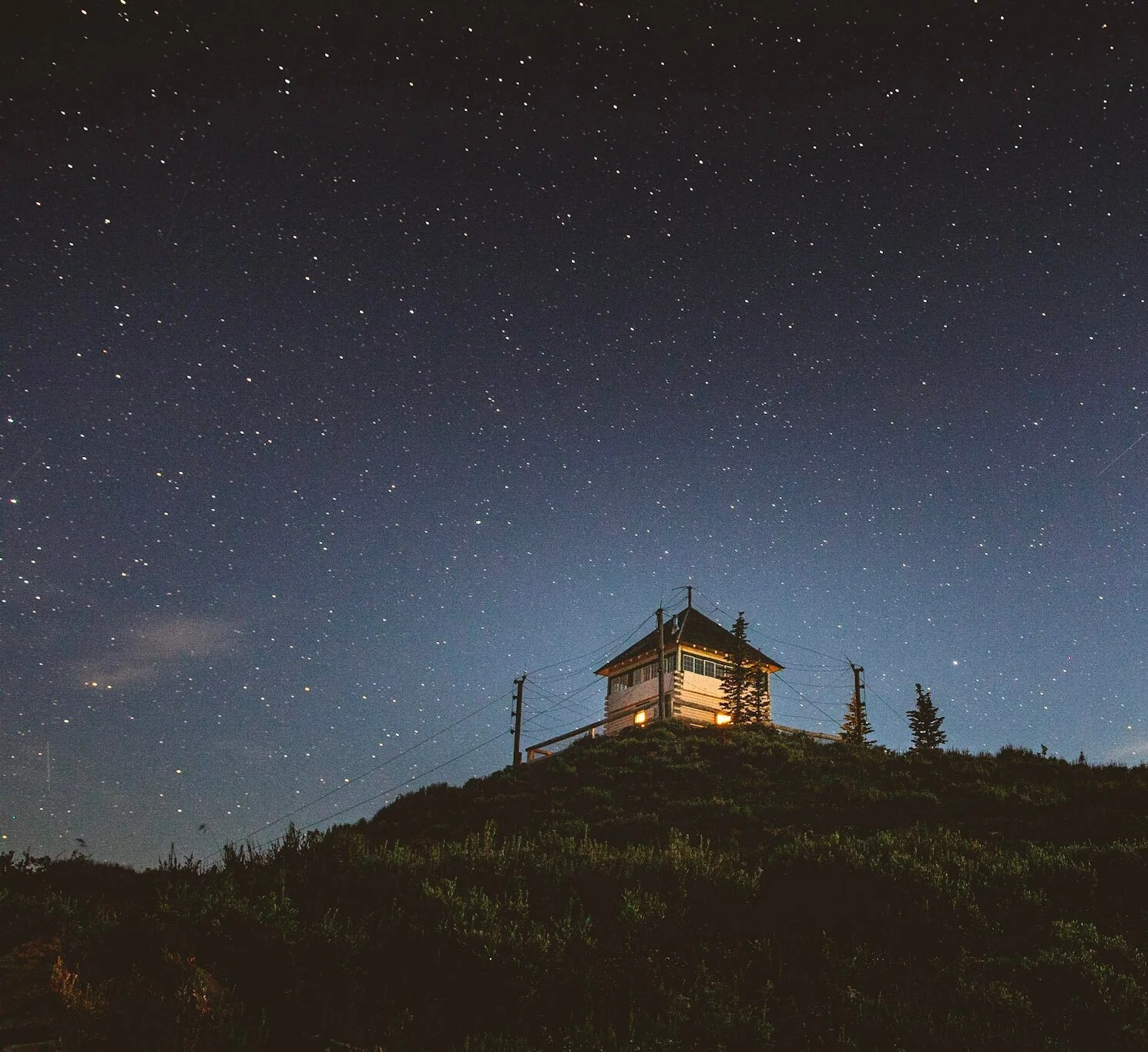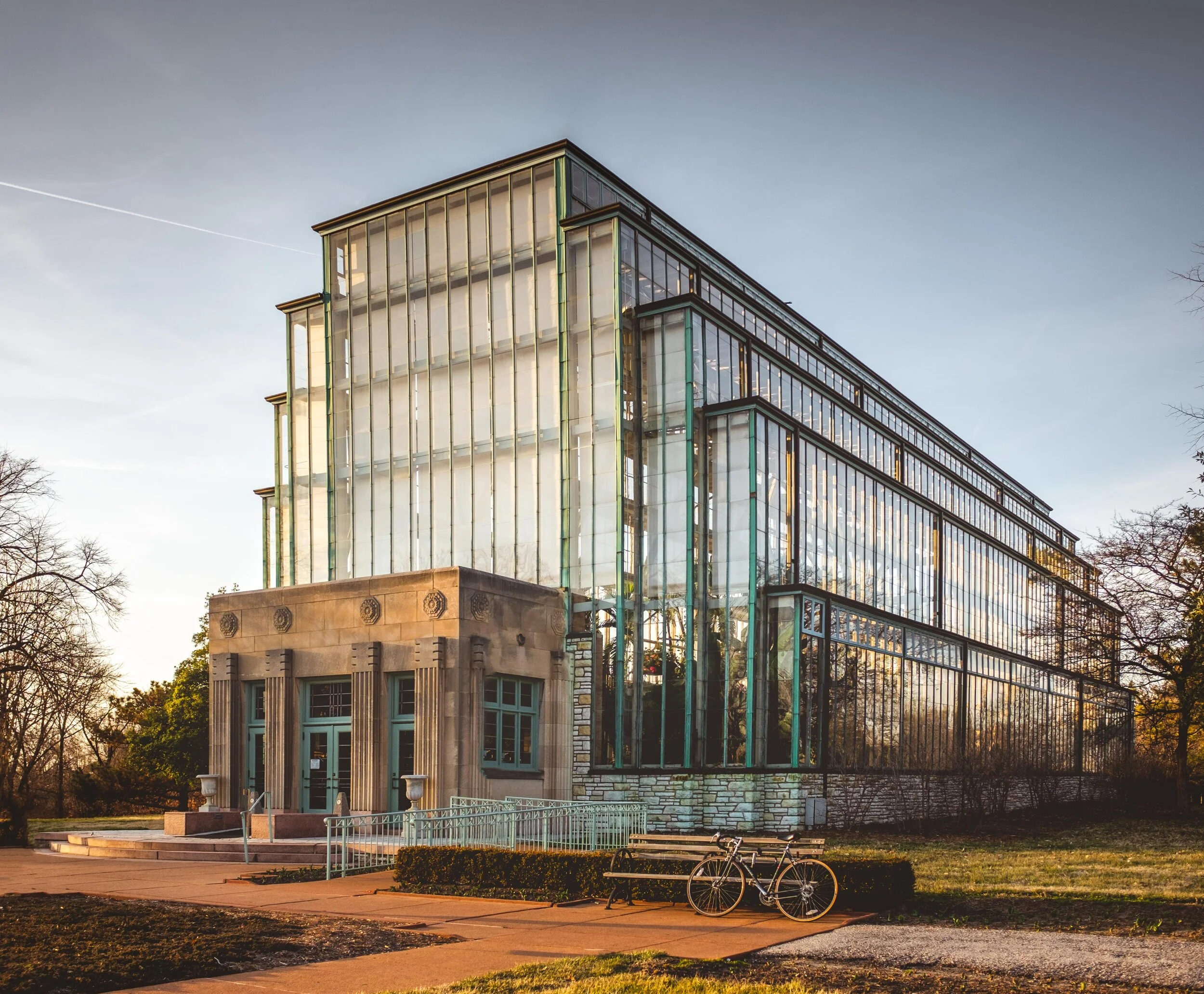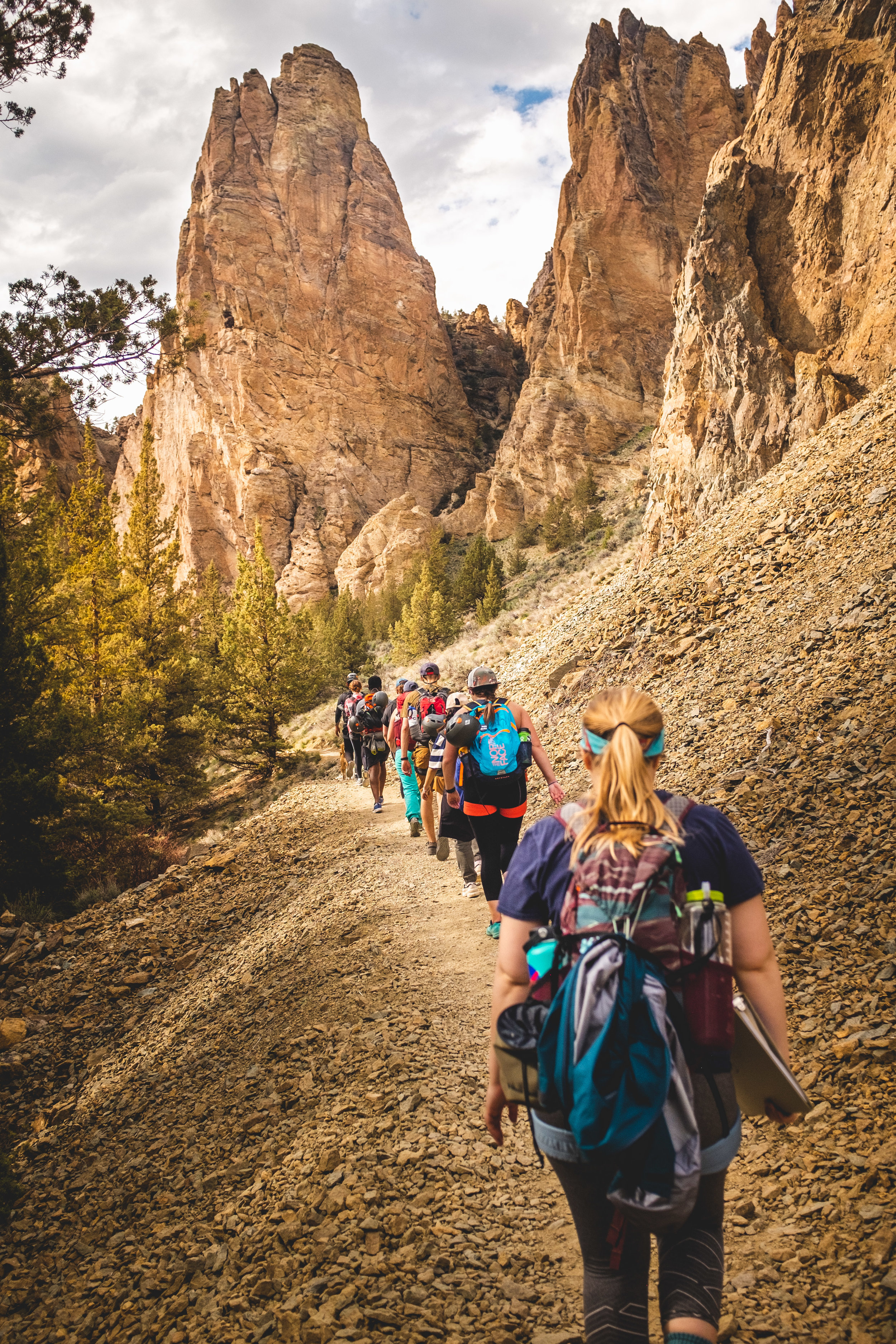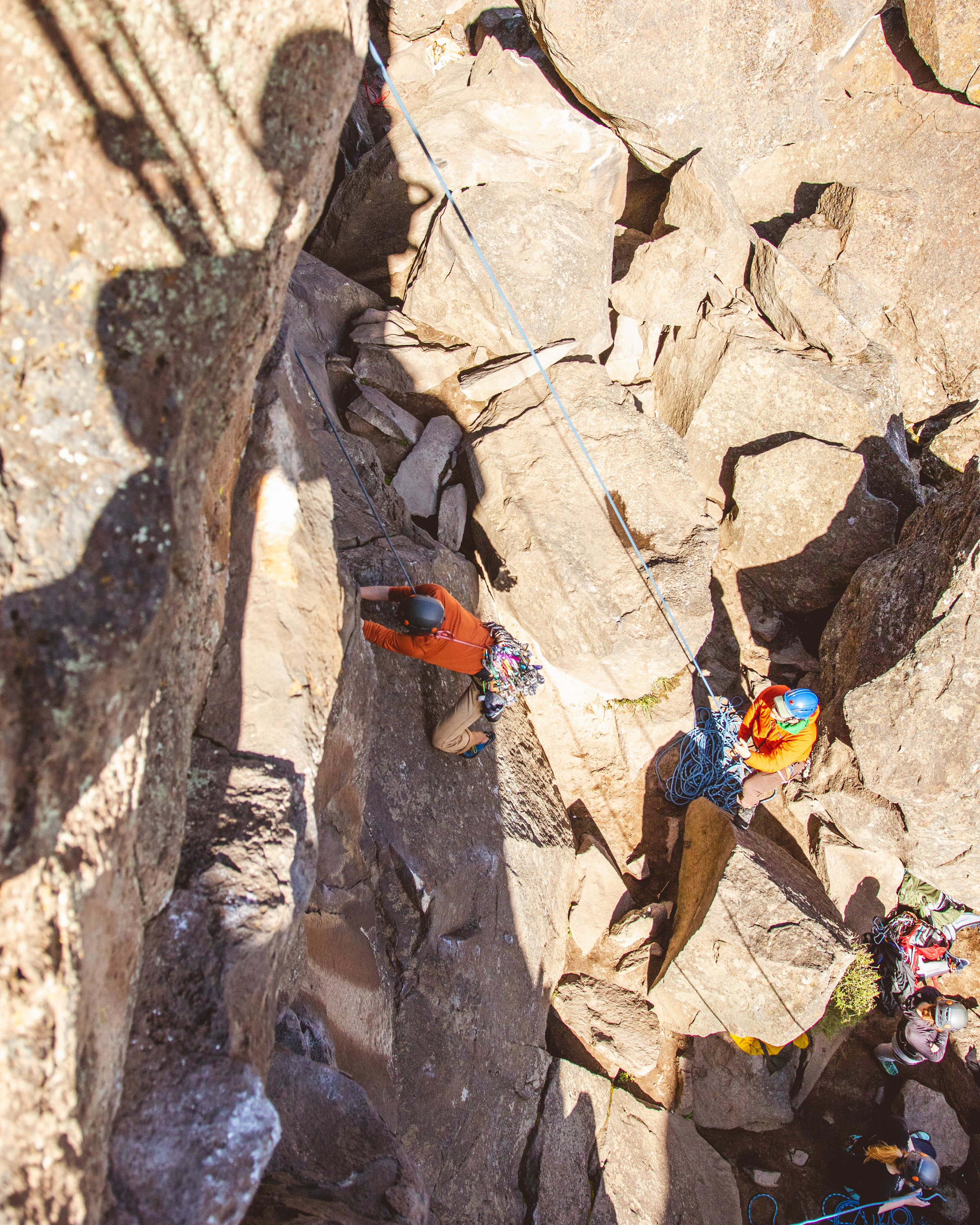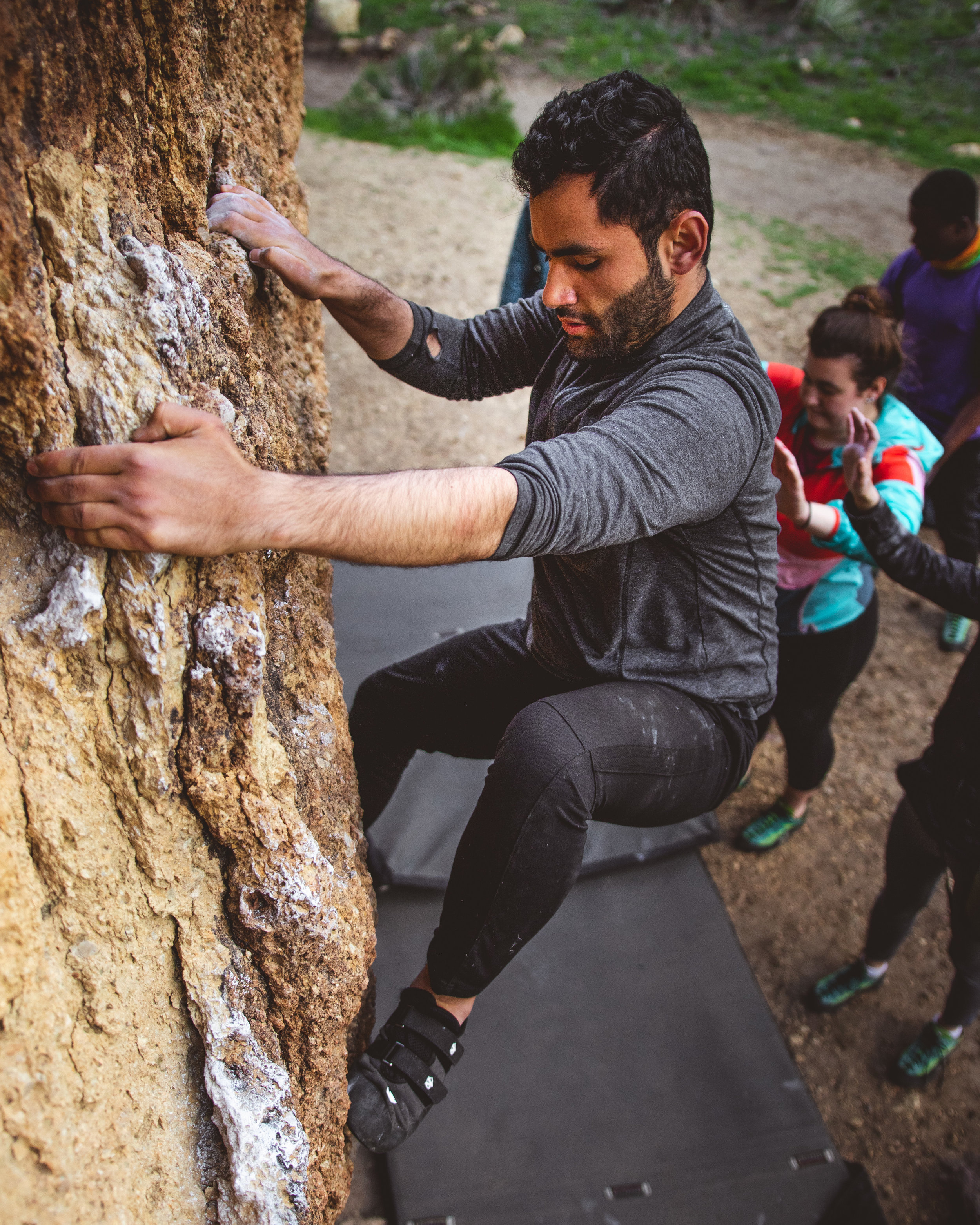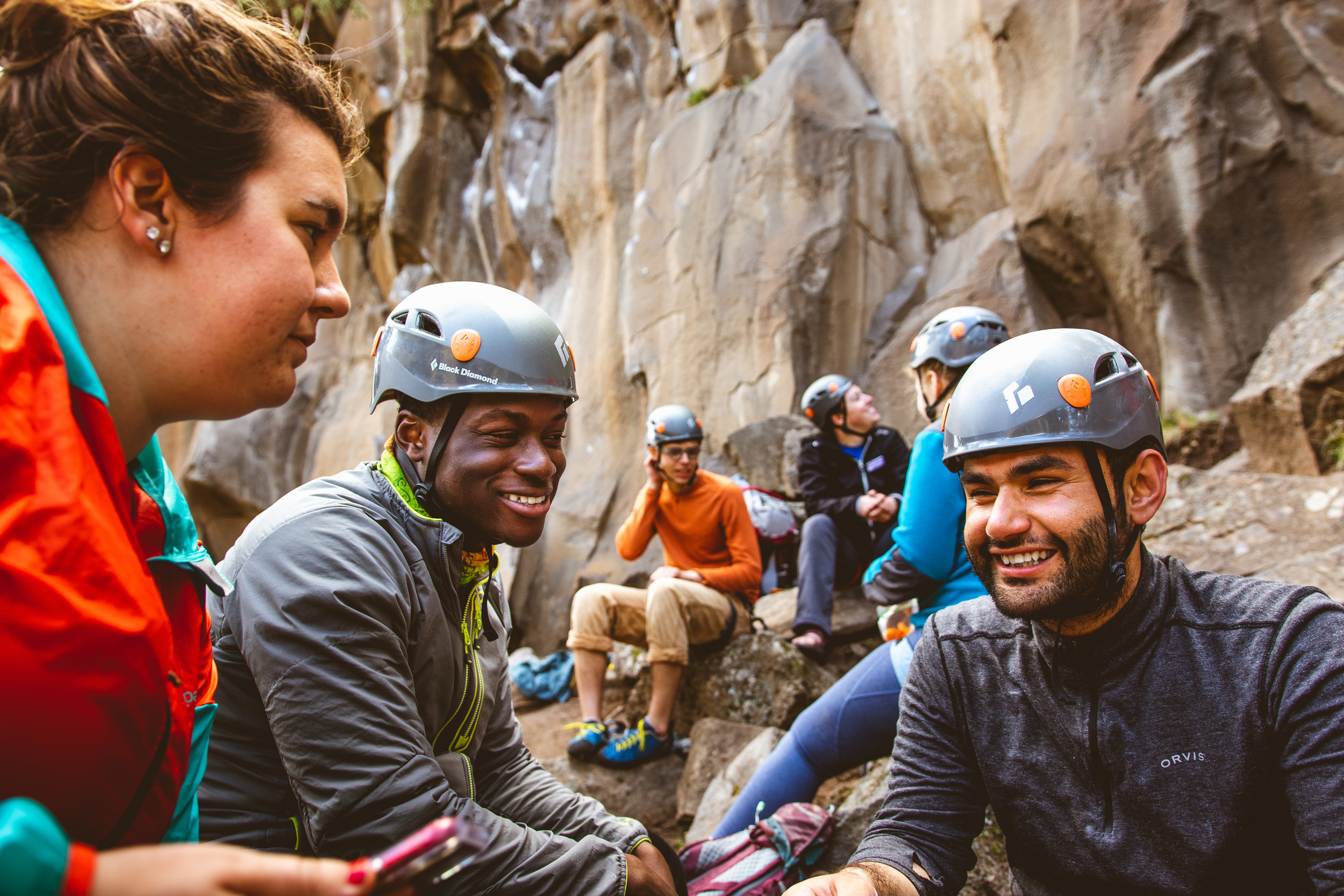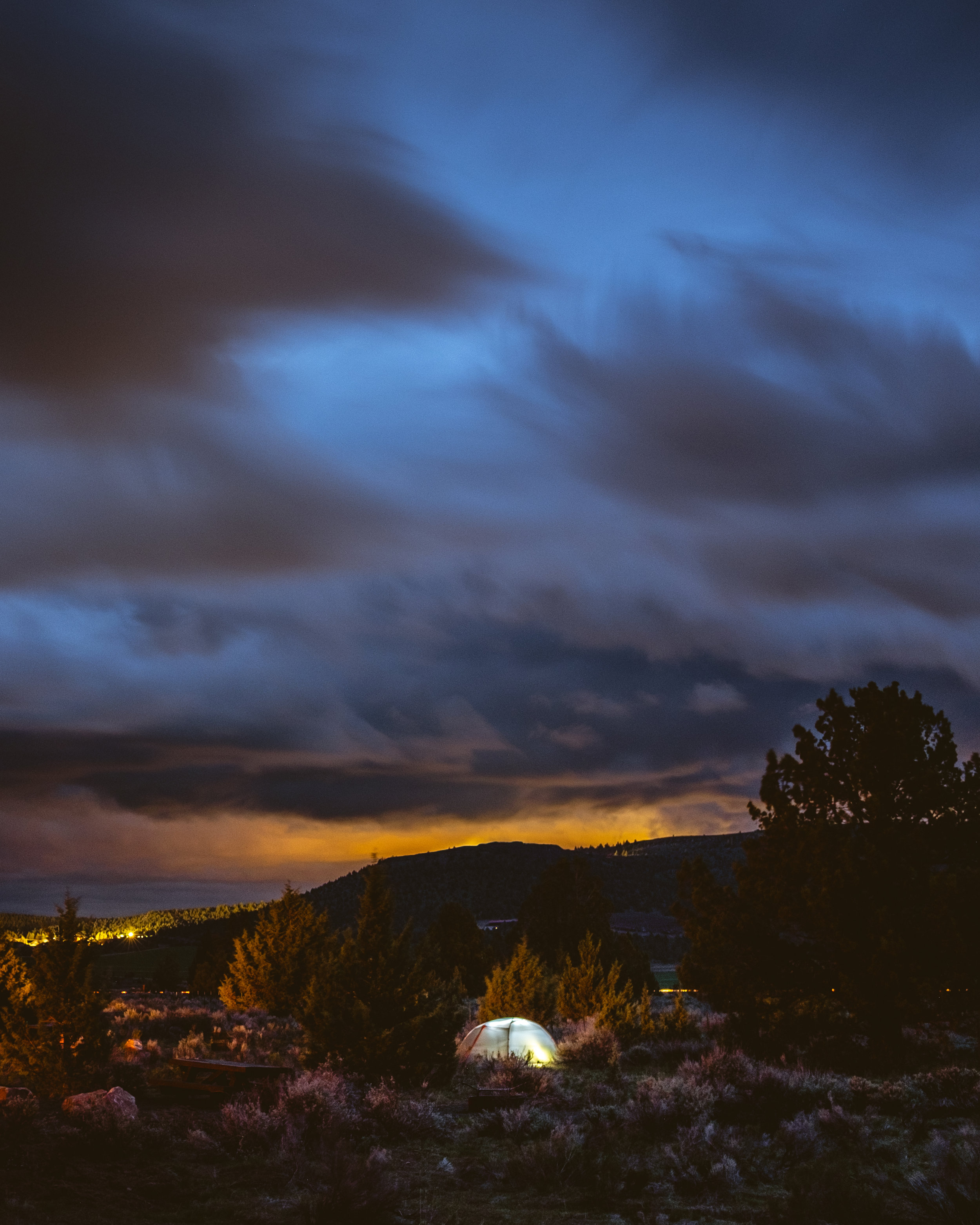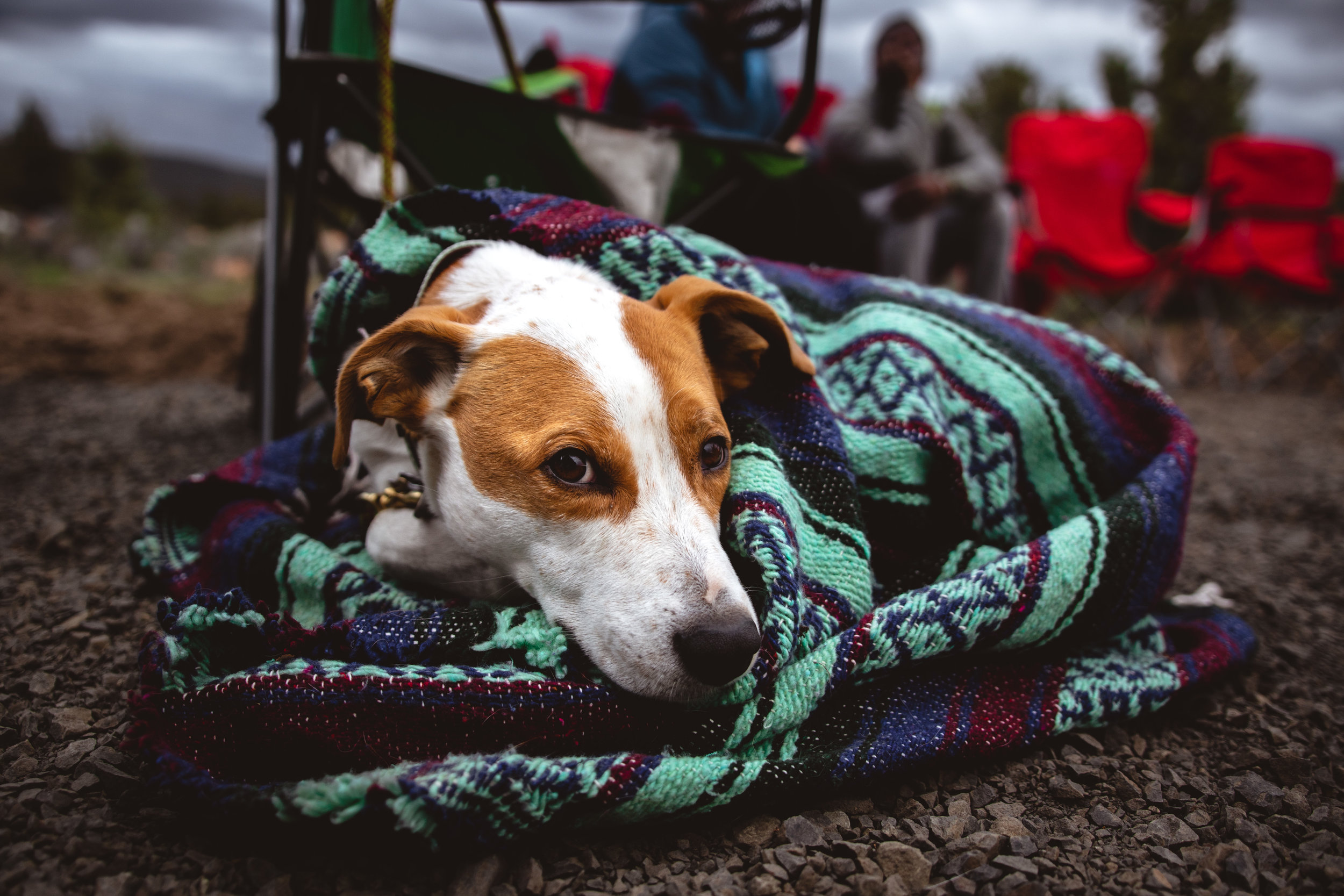Everyone knows where to find Mike Price after a day of work. Oak is only a door and a half down from his shop and the bartender pours us beers before we even walk in. It would be a problem if it wasn’t the place where you not only found him but his boss, often co-workers, and truly the rest of the town. Or the people in town you want to be around anyway. I’m telling you all this because it was one Tuesday night at the Oak where we happened to decide to do a Peak mission the very next day. Beers and the realization the mountain will close soon got us motivated to get after it that night and I’m sure glad we did!
The Peak that I am referring to is of course Palmyra Peak the tallest point at the ski area and one of the tallest places you can ski in bounds just about anywhere I suspect. It’s taller then 1310 at Loveland and for sure gets you higher then that silly lift people talk about at Breckenridge. Google informs me that the top is 13,319 ft and I can say after hiking from Chair 12 to the top it sure feels like 13,000 ft and the exposure you feel at the top is no joke either. To make it worse they give you a small snow pack platform to balance on at the top, not usually a problem unless you are sharing it with 3 other people…
I’m not really sure how far the hike is or how many feet we had to climb but all in all it could have been much worse than it was. It took us just about an hour to get up and in all reality the hike was scarier than the ski. It’s always funny to make jokes about falling into Ophir or Alta Lakes from the resort when you are doing the short hike-tos bellow the peak but when you are on a boot pack on top of skree in hard ski boots that possibility seems much more likely. There’s at least two places that got me a little spooked between the steep narrow shoot below and the chawsy wind swept boulder you had to scramble. And really once you pass through the gate the whole hike is a no fall zone, you probably won’t die but you might be wishing you had looked at the map longer.
Once at the top and you concur the last nearly vertical boot pack, you are welcomed by a bright orange toboggan (that some poor soul undoubtedly had to hike up there) and a bamboo rope line to remind you that you are still in the boundary of the ski area. It’s an important reminder given the terrain you are about to ski. It’s no baby hike-to-ski or palma lift to above treeline, it is just what you should expect when you look at the tallest mountain out the window of the Gondola. A variable, windy, and steep 13,000 ft peak that for some reason you are allowed to ski down just like any other run on the mountain. And that’s just what we did. We clipped into our bindings, pointed our tips downhill and went for it. I wish I could say we got a fresh powder line down the couloir but it was chopped, old north facing snow that was just interesting enough to get your heart to pump when your skis did something a little different then you wanted them to. But from there you can drop 4,500ft down to town have another beer at Oak and keep skiing if you wanted to.
For me I headed back down to town and retreated into the library to get at least a half day of work done. I’m sure going to miss the ability to walk out the door, hike up a mountain, ski with good friends and then just pretend it’s another day at the office. This may be a post for another time but being able to experience all of this in the context of what I do (for those who don’t know I spend most my days supporting the Industrial Efficiency and Decarbonization Office at the US Department of Energy) makes everything just work.
